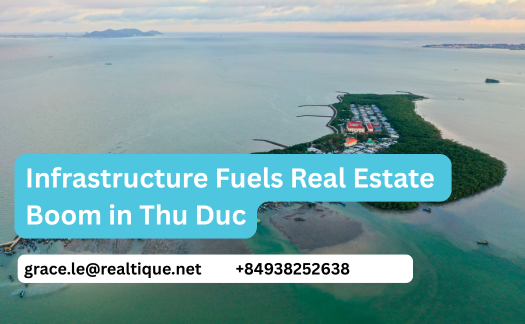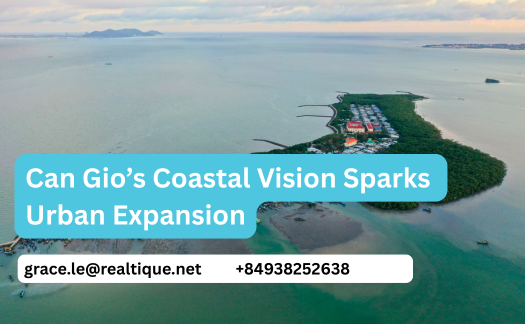Can Gio’s Coastal Vision Sparks Urban Expansion
Can Gio’s transformation into a marine eco-urban hub gains momentum with major private investments, metro links, and bold planning post provincial merger.
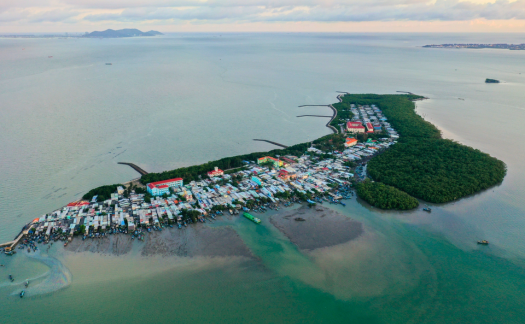
Table of Contents
The Legacy of a Coastal Dream
In early 1979, after Can Gio (then Duyen Hai) was merged into Ho Chi Minh City from Dong Nai, Party Secretary Vo Van Kiet promptly convened top scientists and leaders to shape a vision for the city’s only coastal district. Among them was Professor Le Huy Ba from Nong Lam University, who was invited to assess crop potentials like coconut or pineapple for agriculture-led development.
At the time, Can Gio spanned nearly 70,500 hectares — one-third of the city’s area — yet remained underdeveloped, reliant on agriculture and fisheries. The land, damaged by war and covered in acid soil, supported only worthless native vegetation.
After four months of fieldwork and surviving severe malaria, Professor Ba proposed replacing coconut and pineapple with mangrove trees from Ca Mau. These species, particularly duoc, were well-suited to swampy conditions and could restore the mangrove ecosystem — setting a foundation for ecotourism and aquaculture.
Private Investment Reignites Coastal Vision
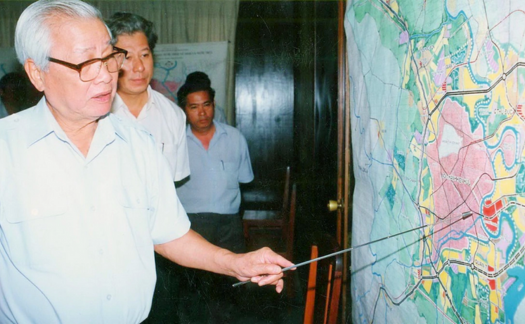
As Ho Chi Minh City’s only sea-facing district, Can Gio has long symbolized the southern growth strategy. Yet, government-led projects often stalled due to limited public funding.
That changed recently when Vingroup broke ground on a 600-hectare coastal urban tourism zone and pledged a metro extension from District 7 to Can Gio. These actions reignited hopes to “awaken” the area with private investment.
Former Prime Minister Vo Van Kiet had long supported such a vision. Even after retirement in 2002, he sent city leaders a letter promoting Can Gio as a world-class tourism hub comparable to Langkawi, Pattaya, or Bali. He emphasized the city’s unmatched coastal potential and urged leaders to “unlock it.”
Regional Integration and Strategic Planning
Urban planner Nguyen Do Dung highlights the potential of Gan Rai Bay, home to major infrastructure like Long Son petrochemical plant and Cai Mep–Thi Vai ports. Together with Can Gio’s future urban port area, the region could form a powerful marine economy ecosystem — spanning logistics, shipping, energy, and tourism.
Similar models thrive globally: the Greater Bay Area in China, Tokyo Bay in Japan, and San Francisco Bay in the US. “Ho Chi Minh City can build its own Saigon Bay,” Dung emphasized.
Planning for the Long Term
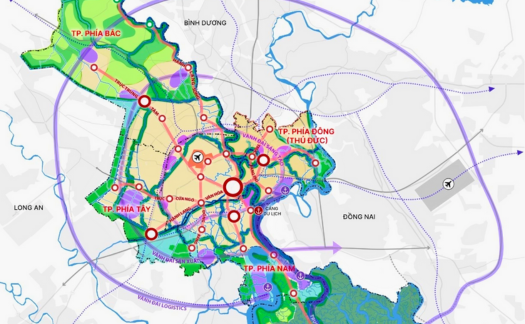
Architect Ngo Anh Vu urges the government to focus on enabling conditions — legal frameworks, infrastructure, and oversight — while allowing private capital to lead execution. Architect Ngo Viet Nam Son advocates innovative financing for future metro lines using land value capture, bonds, and TOD (transit-oriented development).
But the foundation is trust. Urban plans must be executed faithfully. Architect Khuong Van Muoi warns that frequent plan changes erode public confidence. “Planning is a promise to the future,” he said. “If broken, people stop believing and stop complying.”
At the 50th anniversary of national reunification, General Secretary To Lam voiced hopes for a deeper bond between Ho Chi Minh City and provinces like Dong Nai, Tay Ninh, and Vinh Long. A regionally integrated city, he said, could become Vietnam’s international growth engine — leading not just the south but the entire nation into the future.
Thinking about investing in Vietnam’s real estate market?
🏘️ Let Realtique guide you with expert insights, trusted advice, and tailored property options for overseas investors.



